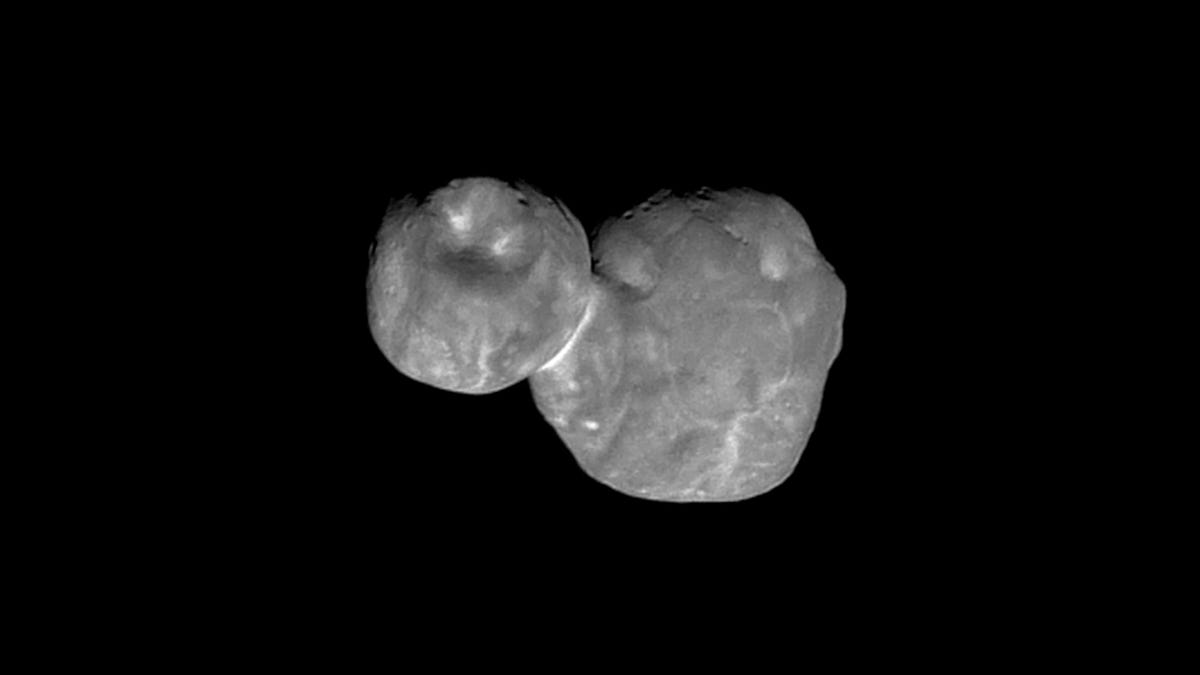Space rock Ultima Thule's new name, Arrokoth, avoids Nazi connotations
NASA's New Horizons mission visited the pancake-shaped Arrokoth in early 2019.

Say hello to Arrokoth.
It's official. The most distant world we've ever explored has a new name: Arrokoth, which means "sky" in the Native American Powhatan/Algonquian language. NASA's New Horizons spacecraft flew by the bi-lobed object in the Kuiper Belt at the beginning of this year.
NASA announced Tuesday that the fresh moniker has been approved by the International Astronomical Union, the organization responsible for recognizing the names of space objects and features.
The New Horizons team proposed the name to the IAU with consent from Powhatan tribal elders and representatives.
Arrokoth previously went by the nickname Ultima Thule. Before that, it was known by the blander name "2014 MU69." "Ultima Thule" was the subject of controversy. It references a mythical distant land, but the term had also been used by a precursor to the Nazi party. This new name avoids those negative connotations.
New Horizons launched in 2006 and famously explored dwarf-planet Pluto before heading deeper into space to visit Arrokoth.
"We believe this ancient body, composed of two distinct lobes that merged into one entity, may harbor answers that contribute to our understanding of the origin of life on Earth," said New Horizons team member Marc Buie.
The spacecraft is still out there traveling and studying the Kuiper Belt. It may even find another fascinating icy world to visit. If that happens, we'll have to start thinking about possible names all over again.
Originally published Nov. 12.

